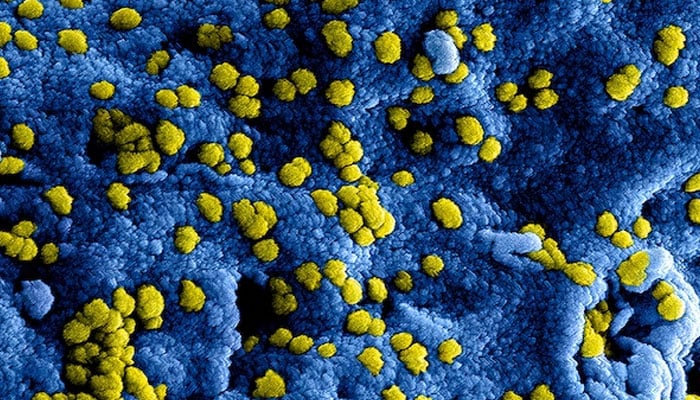Study pins most food poisoning outbreaks on sick restaurant workers
A study conducted by Centres for Disease Control and Prevention (CDC) Tuesday disclosed that foodborne illnesses at restaurants were often caused by ill employees.
According to NBC, the study conducted from 2017 to 2019, found that 40% of food poisoning outbreaks with established causes were at least partially related to sick workers contaminating food.
Based on the results of the study, norovirus, a stomach bug that causes vomiting and diarrhoea, was the most common pathogen in foodborne illness outbreaks at US restaurants, accounting for 47% of the 800 outbreaks.
Meanwhile, Salmonella, a bacteria that causes diarrhoea, fever, and stomach cramps, accounted for nearly 19%.
The report suggested that restaurants must develop and enforce policies that require sick workers to notify their manager if they have symptoms and to stay home if they’re ill.
“Ill workers continue to play a substantial role in retail food establishment outbreaks, and comprehensive ill worker policies will likely be necessary to mitigate this public health problem,” the report’s authors wrote.
The CDC found that most restaurants have policies requiring food workers to report symptoms, but only 66% of them are written, and 23% list all five symptoms, underscoring that the policies are often incomplete.
Darin Detwiler, a Northeastern University food regulatory policy professor who wasn’t involved in the research, suggested that better paid sick leave policies would help prevent outbreaks by reducing the rate of front-line food service employees working while sick.
Furthermore, the CDC report found that fewer than half of food establishments with outbreaks lack paid sick leave laws.
“If companies value their employees’ and customers’ health, then they would not be responding reactively to these things,” Detwiler said.
“They would be taking proactive steps to prevent these things from happening,” he added.
Each year, foodborne infections in the US result in over 48 million illnesses and 3,000 fatalities. Most of the deaths, in Detwiler’s opinion, might be avoided.
For all the latest health News Click Here


